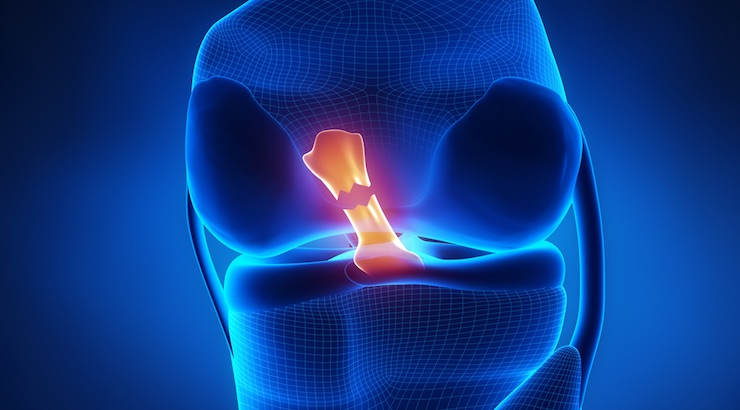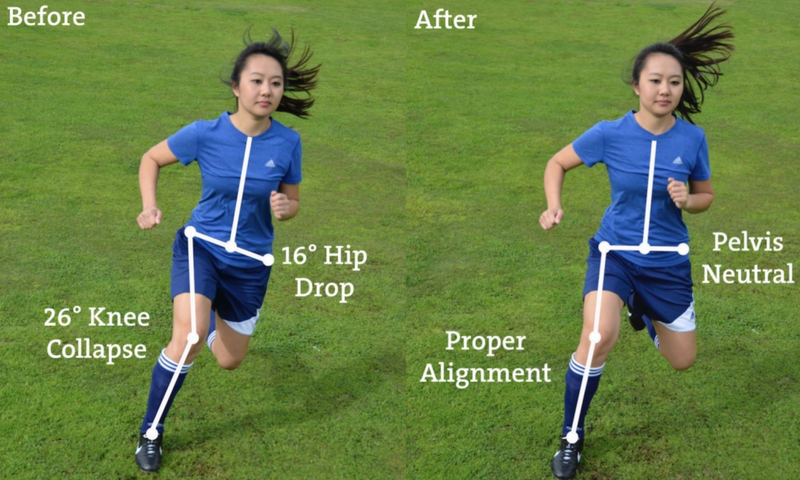ACL Injuries in the Female Athletes
ACL (Anterior Cruciate Ligament) injuries can occur in both males and females, but there are some differences in terms of frequency, risk factors, and rehabilitation outcomes between the two genders. Here's some information specific to female ACL injuries:
1. **Higher Risk for Females:** Research has shown that females are at a higher risk of suffering ACL injuries compared to males, particularly in sports that involve cutting, pivoting, and jumping. The reasons for this gender disparity are multifactorial and include differences in anatomy, muscle strength, and neuromuscular control.
2. **Anatomical Differences:** Some studies have suggested that anatomical differences in the female knee may contribute to a higher risk of ACL injuries. These differences include a smaller notch width, a shallower intercondylar notch, and a greater quadriceps angle (Q-angle), which can affect knee alignment and stability.
3. **Hormonal Factors:** Hormonal fluctuations during the menstrual cycle can also influence ligament laxity, potentially making the ACL more susceptible to injury during certain phases of the menstrual cycle.
4. **Neuromuscular Factors:** Poor neuromuscular control and landing mechanics can increase the risk of ACL injuries in females. Training programs that focus on improving balance, proprioception, and muscle strength can help reduce this risk.
5. **Sports-Specific Risk:** ACL injuries are more common in sports such as soccer, basketball, and volleyball, where cutting, jumping, and sudden changes in direction are prevalent. Female athletes who participate in these sports are particularly susceptible.
6. **Prevention Strategies:** Due to the higher risk, there has been a growing emphasis on ACL injury prevention programs, particularly for female athletes. These programs typically include strength training, agility drills, balance exercises, and education on proper landing and cutting techniques.
7. **Surgical Intervention:** When ACL injuries do occur, treatment may involve surgical reconstruction followed by a comprehensive rehabilitation program. The success of ACL surgery and rehabilitation can vary from person to person, but many individuals return to their previous level of activity with proper care.
It's important to note that while females are at a higher risk of ACL injuries, these injuries can happen to anyone, and risk factors can vary among individuals. If you're concerned about ACL injury prevention or have experienced an ACL injury, it's advisable to consult with a sports medicine specialist at Olympus Movement Performance or our recommended orthopedic surgeon's for a personalized assessment and guidance on prevention and treatment.




